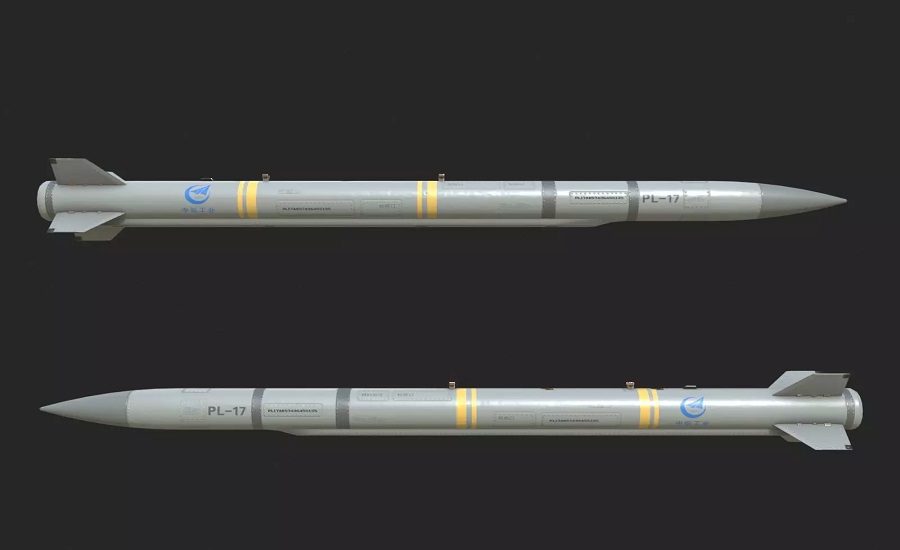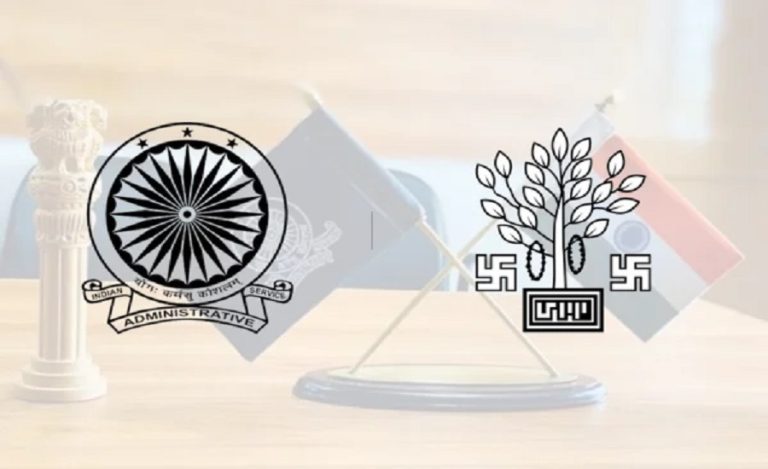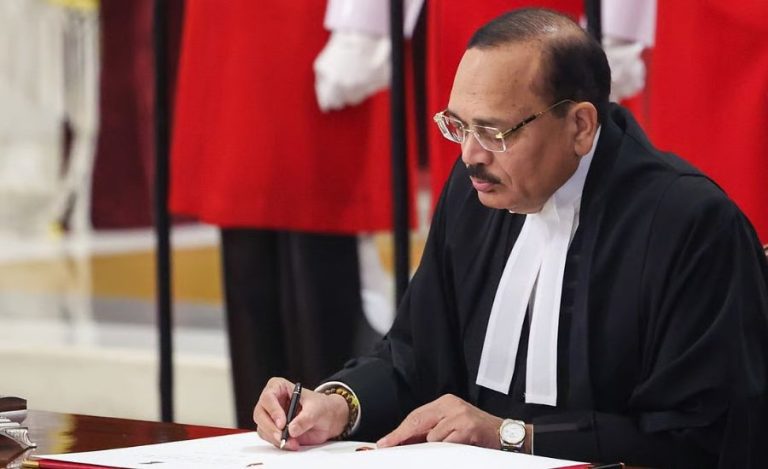India’s strategic air defence landscape has entered a period of heightened vulnerability with the introduction of China’s long-range PL-17 air-to-air missile into Pakistan’s arsenal—reportedly integrated onto Pakistan Air Force (PAF) J-10C fighters. The PL-17, with a reported operational range of up to 400 kilometres, presents a direct threat to the Indian Air Force’s (IAF) most critical high-value airborne assets, including AWACS, mid-air refuelling aircraft, and ISR platforms.
A Threat to India’s “Big Birds”
The PL-17’s extreme standoff range enables Pakistan to target India’s airborne command, control, and surveillance assets from deep inside its own airspace. These include:
- Netra and Phalcon AWACS
- IL-78 aerial refuelling tankers
- ISR and maritime patrol aircraft
These platforms are the backbone of India’s extended radar visibility, early-warning capability, and coordinated air operations. Any threat to their survivability poses a significant challenge to India’s real-time situational awareness and air dominance.
Lessons From Operation Sindoor 2025
The concerns surrounding AWACS vulnerability have been underscored by an event during 2025’s Operation Sindoor, where the IAF successfully shot down a Pakistani AWACS nearly 300 km away—a blow described as decisive by Air Chief Marshal AP Singh. The incident highlighted just how critical AWACS are to both sides’ command-and-control infrastructure.
With Pakistan now fielding a missile capable of engaging such aircraft from even greater distances, India faces a strategic reversal of sorts.
Rising Missile Capabilities in the Region
Pakistan’s earlier integration of the Chinese PL-15E missile already pushed air combat ranges beyond what many IAF fighter platforms could match. The PL-17 further widens that gap, giving Pakistan the unprecedented ability to:
- Launch anti-AWACS attacks from deep standoff ranges
- Neutralise India’s air command assets before they can reposition
- Degrade India’s front-line operational control in a conflict
Such capability has traditionally been limited to global powers like the United States and China.
Impact on India’s Air Defence Posture
Due to this new threat, India may be forced to:
- Pull back AWACS and refuelling aircraft deeper into its territory
- Reduce forward radar coverage and early-warning timelines
- Adopt stricter protection protocols around high-value aerial assets
But deeper deployment inevitably shrinks India’s surveillance envelope and compresses reaction time—directly affecting air superiority missions and frontline air operations.
Urgent Need for Countermeasures
Analysts warn that with Pakistan fielding a 400 km anti-AWACS weapon, India must move quickly to adapt. Potential countermeasures include:
- Developing or acquiring longer-range air-to-air missiles
- Enhancing electronic warfare suites on high-value aircraft
- Deploying fighter escorts with superior BVR capability
- Strengthening ground-based radar networks to offset AWACS withdrawal
The IAF will also need to explore doctrinal, technological, and tactical shifts to ensure its airborne command and control remains survivable in future conflicts.
A New Phase in South Asian Airpower Competition
The PL-17’s entry into Pakistani service marks a major leap in long-range aerial warfare for the region. By bringing advanced standoff capability directly into South Asia, China has altered the strategic equation—forcing India to reassess how it protects its most crucial air assets.
As airpower experts note, modern wars are increasingly decided by networked command systems rather than just fighter count. And in that calculus, safeguarding AWACS and refuellers becomes not just important, but existential.




























